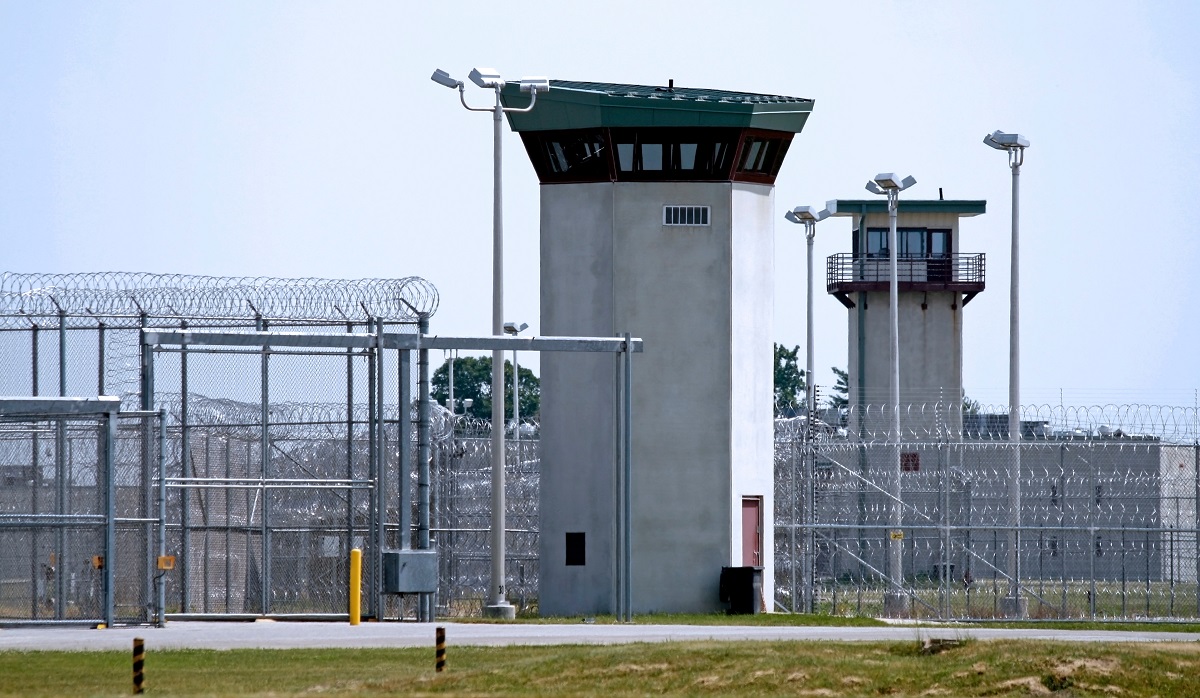
(Adobe stock photo)
Wastewater surveillance can provide a leading indicator of rising COVID-19 cases, several days before positive cases and with no individual clinical testing. This is extremely critical in correctional facilities, where close proximity can lead to large outbreaks. It is crucial that correctional facilities quickly identify potential outbreaks and isolate infected individuals to protect the rest of the inmate population.
Current testing methodology is complicated, time-consuming, and requires that samples are collected from the facility and sent out to outside labs for analysis. This can take days to get results, especially in remote facilities. By the time results are received, the data is not helpful in minimizing the spread. By simplifying the method and bringing it onsite at the correctional facility, the data can be produced and analyzed in hours, allowing correctional facilities to take action, which can help to make a difference in the spread of COVID-19. The State of Oklahoma is coordinating all the logistics at the five correctional facilities involved in initial roll-out of the program.
“Oklahoma is excited to have the opportunity to collaborate with the CDC, Hach and WEF as the first state in the country to test this new equipment. Our state partners, the Oklahoma Department of Corrections, the Oklahoma Department of Environmental Quality and the Oklahoma Secretary of Public Safety are committed to assisting in this effort in hopes of identifying potential outbreaks and ultimately protecting people. The success of this program is indicative of the great work that can be accomplished through public/private partnerships.” said Ken Wagner, Oklahoma Secretary of Energy and Environment.
Hach® is providing a complete monitoring package to each facility and includes a composite sampler, an onsite testing method, PPEs, and all needed reagents for monitoring until December 2021. The partnership will bring the LuminUltra’s GeneCount® Q-16 qPCR (quantitative polymerase chain reaction) solution from Hach® to correctional facilities utilizing funding from CDC. The onsite method is based on a simple and quick extraction coupled with an easy-to-use laboratory qPCR analyzer, which produces results within a couple of hours.
“This time-saving solution provides actionable information so that in the event of a potential outbreak, facility leaders can act quickly. With a long history of expertise in water quality analysis, Hach is excited to partner with CDC, WEF, and the State of Oklahoma to make a difference in the fight against COVID-19 while helping protect prison staff as well as incarcerated men and women.” said Kevin Klau, Danaher Vice President and Group Executive of the Water Platform.
Wastewater-based disease surveillance has been used to study the presence and trends in coronavirus infections in communities and is increasingly viewed as a valuable tool during the current pandemic and for future public health research. According to CDC, up to 80 percent of infected people pass on traces of coronavirus through their waste and so strategic sampling of wastewater can provide information on the infection trends of the virus in a community.
CDC is working with other federal agencies and entities such as WEF to establish the National Wastewater Surveillance System (NWSS), the first government-led wastewater surveillance program in the U.S. CDC selected WEF to develop, manage, and provide training for a nationwide network of water utilities, public health agencies, and laboratories participating in wastewater-based disease surveillance.
“WEF is uniquely positioned to work on wastewater-based disease surveillance because of our extensive membership presence in the areas of sanitation, engineering, public health, and laboratories,” said WEF President Lynn Broaddus. “We are grateful for the opportunity to partner with CDC, the State of Oklahoma, and Hach to pilot a method for rapid testing for COVID-19 at correctional facilities to better protect the health of incarcerated men and women.”